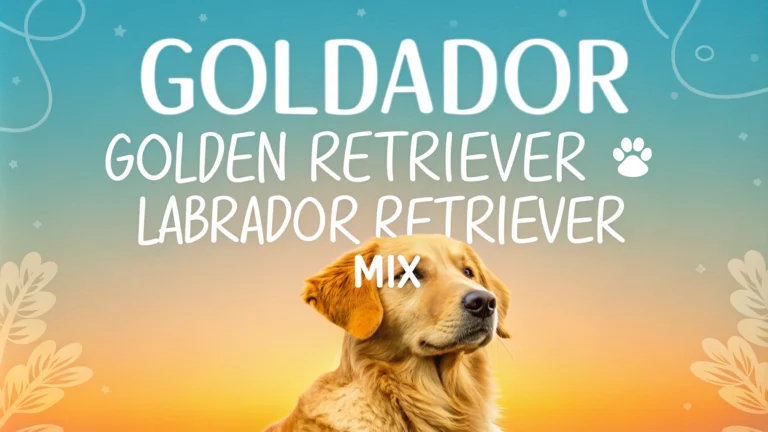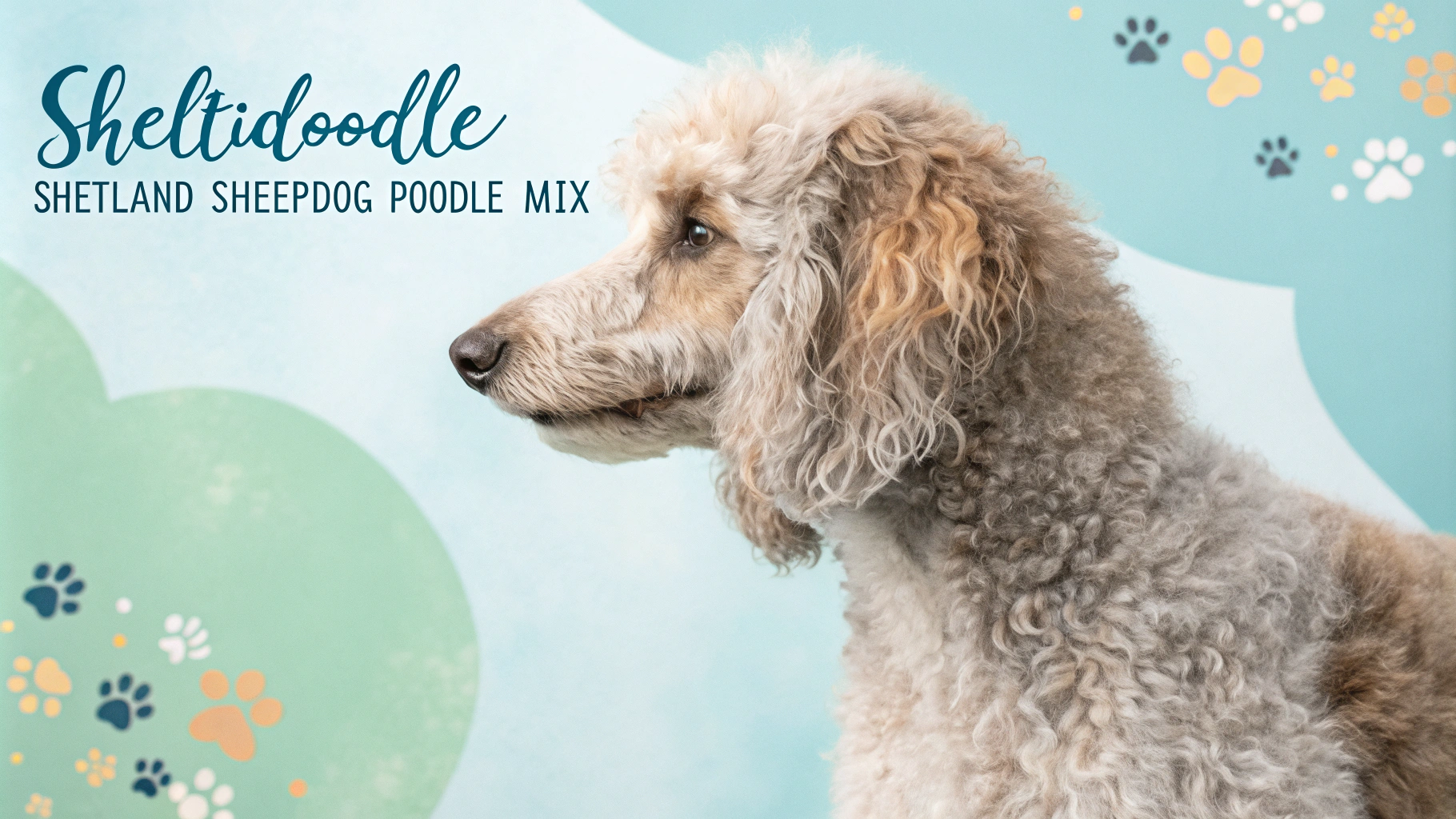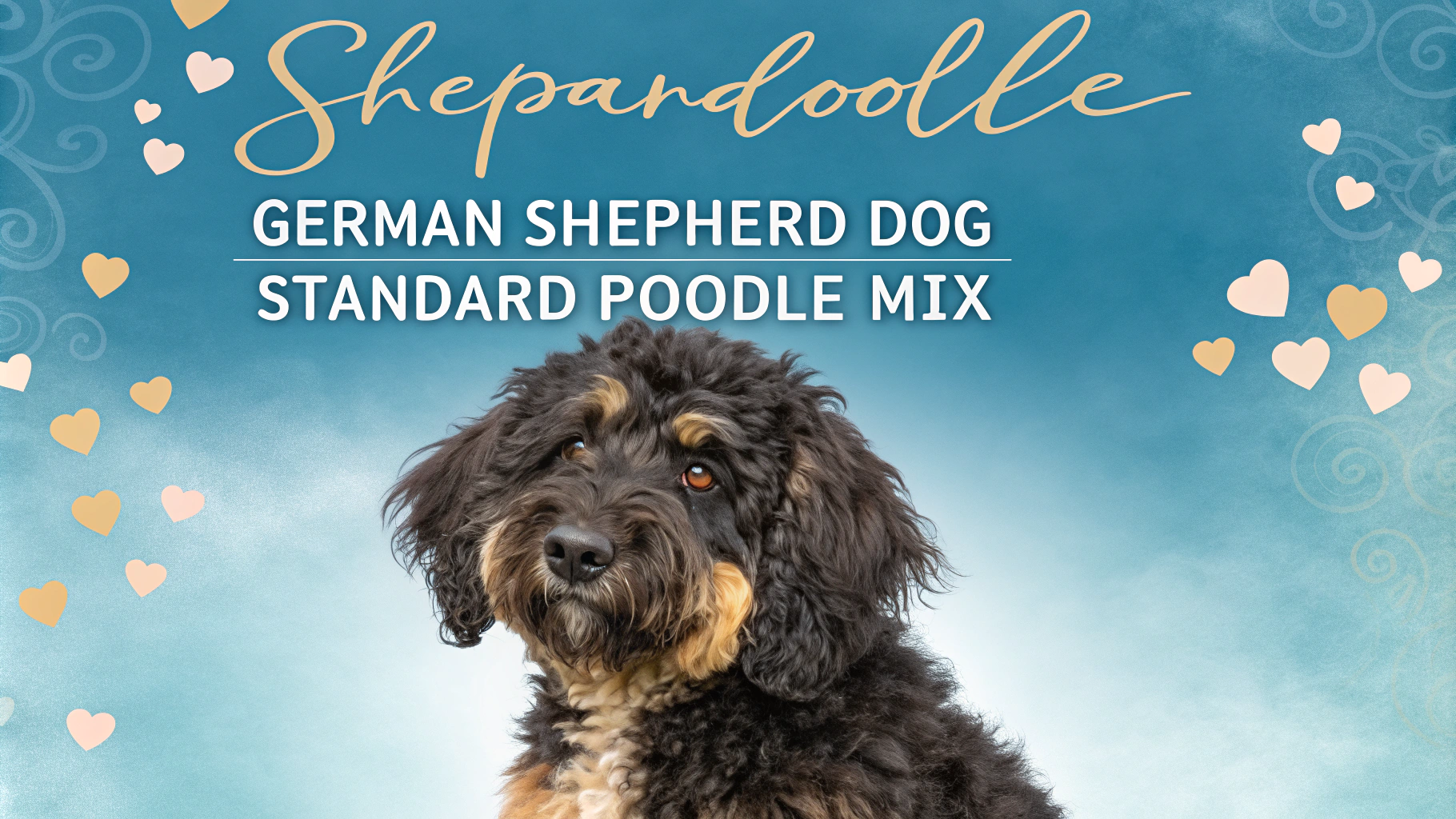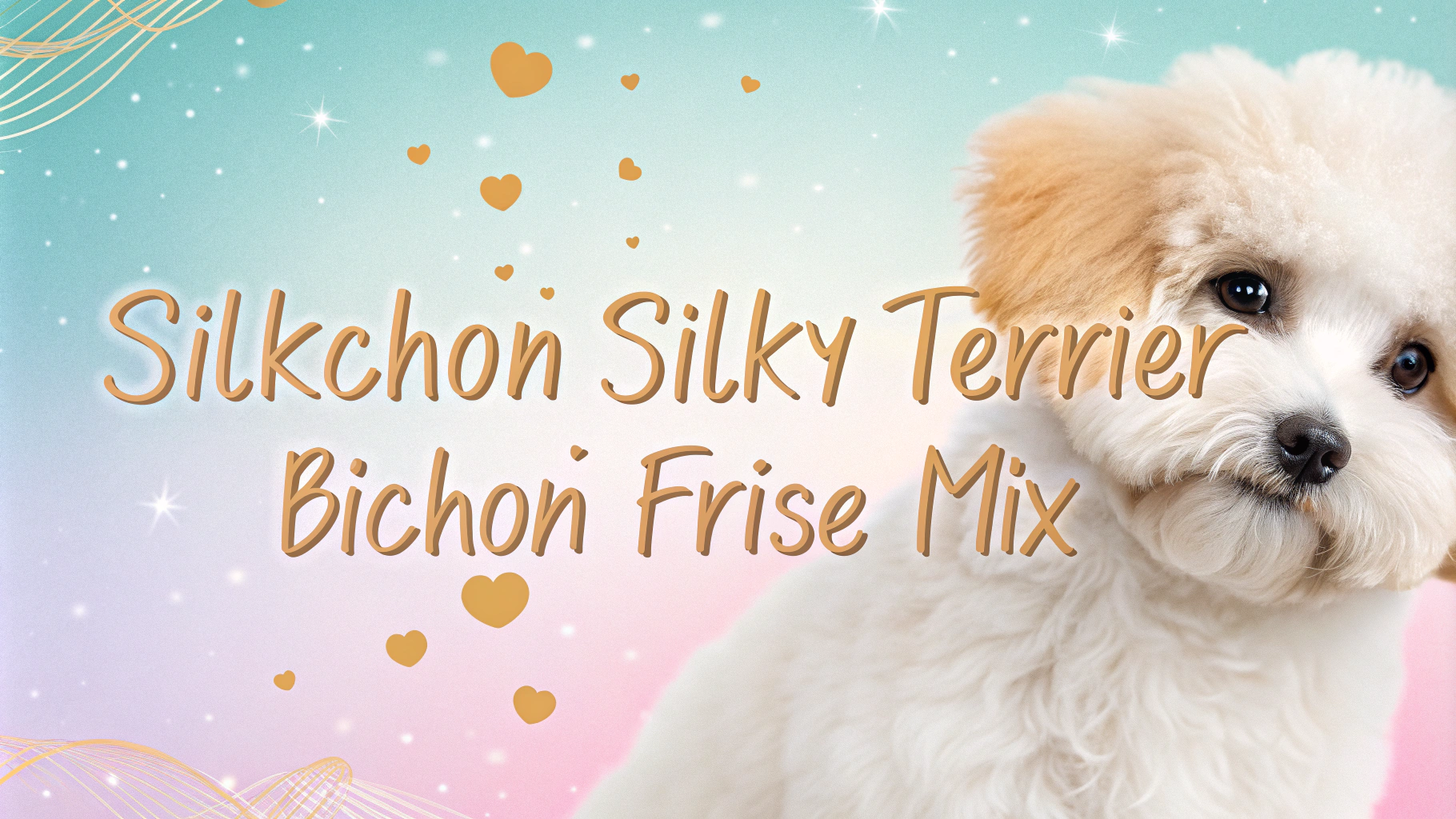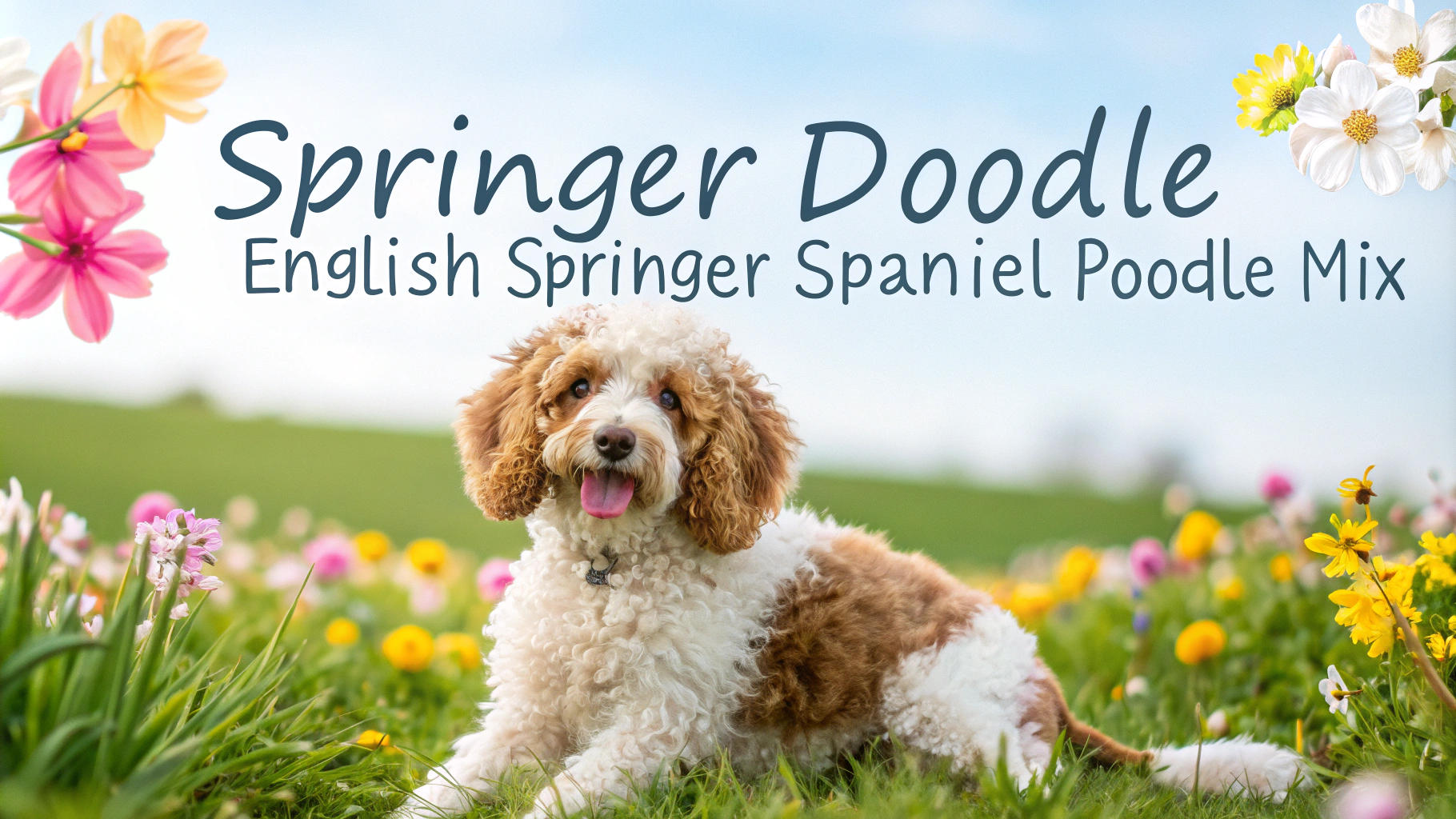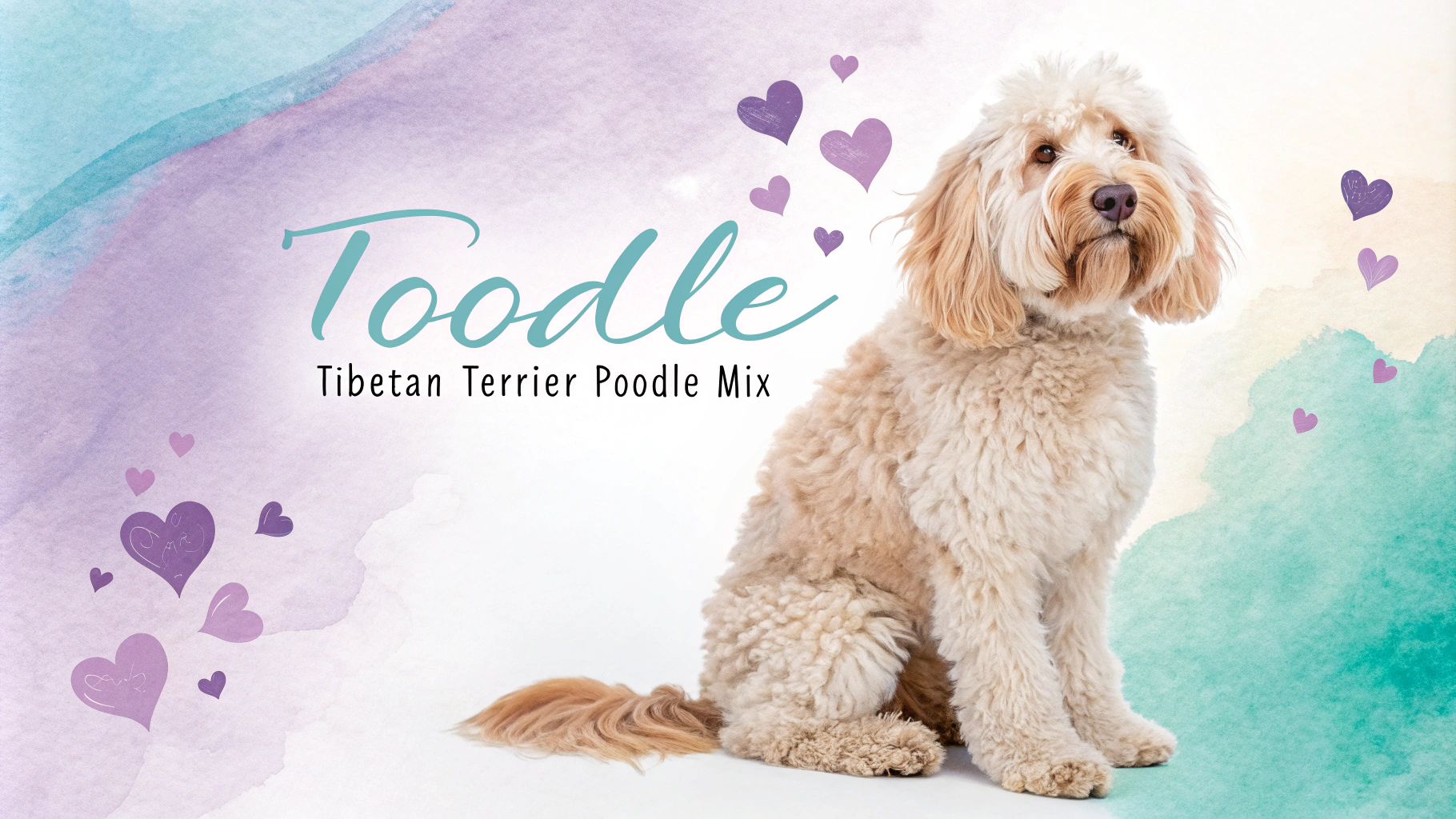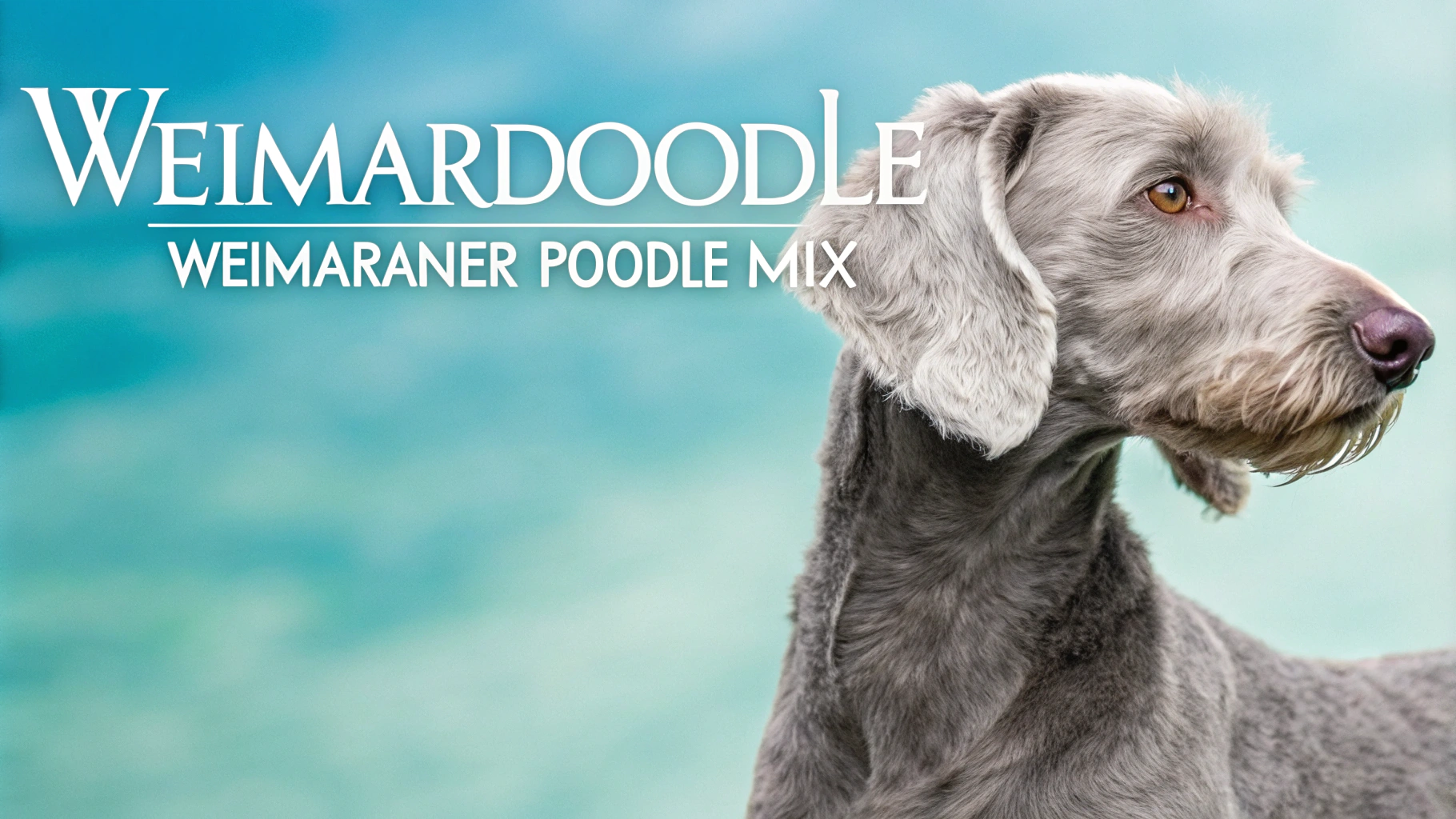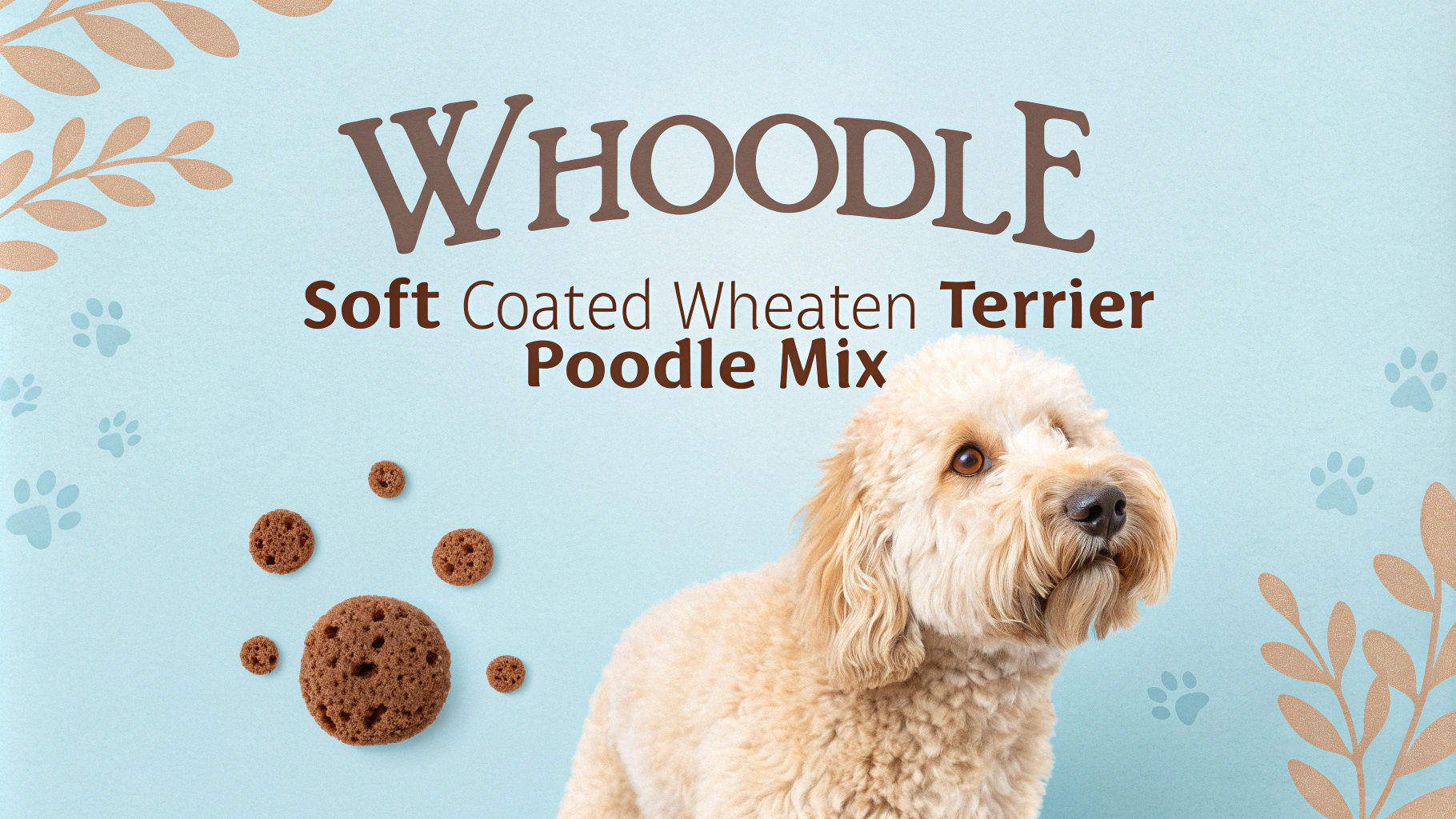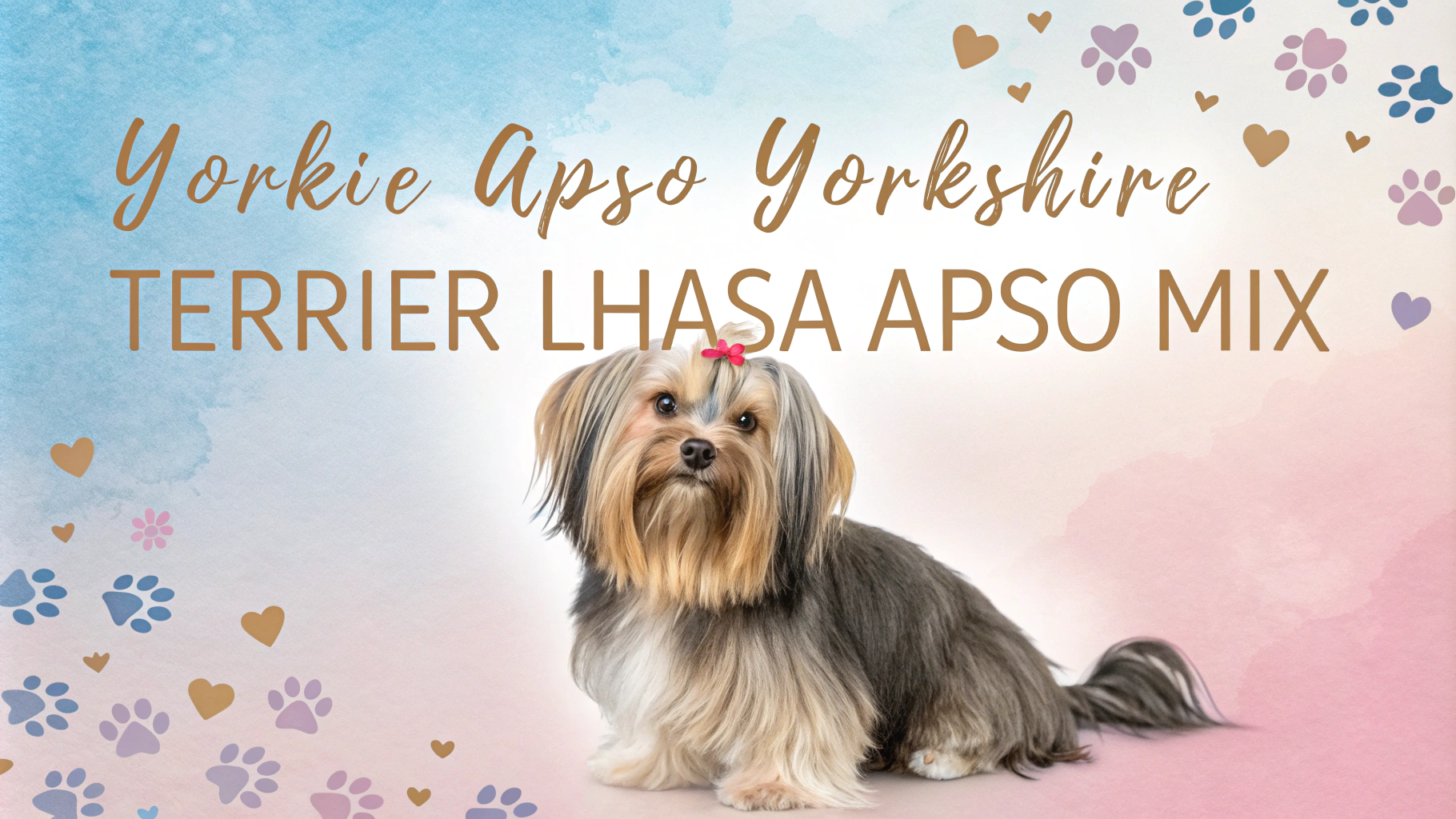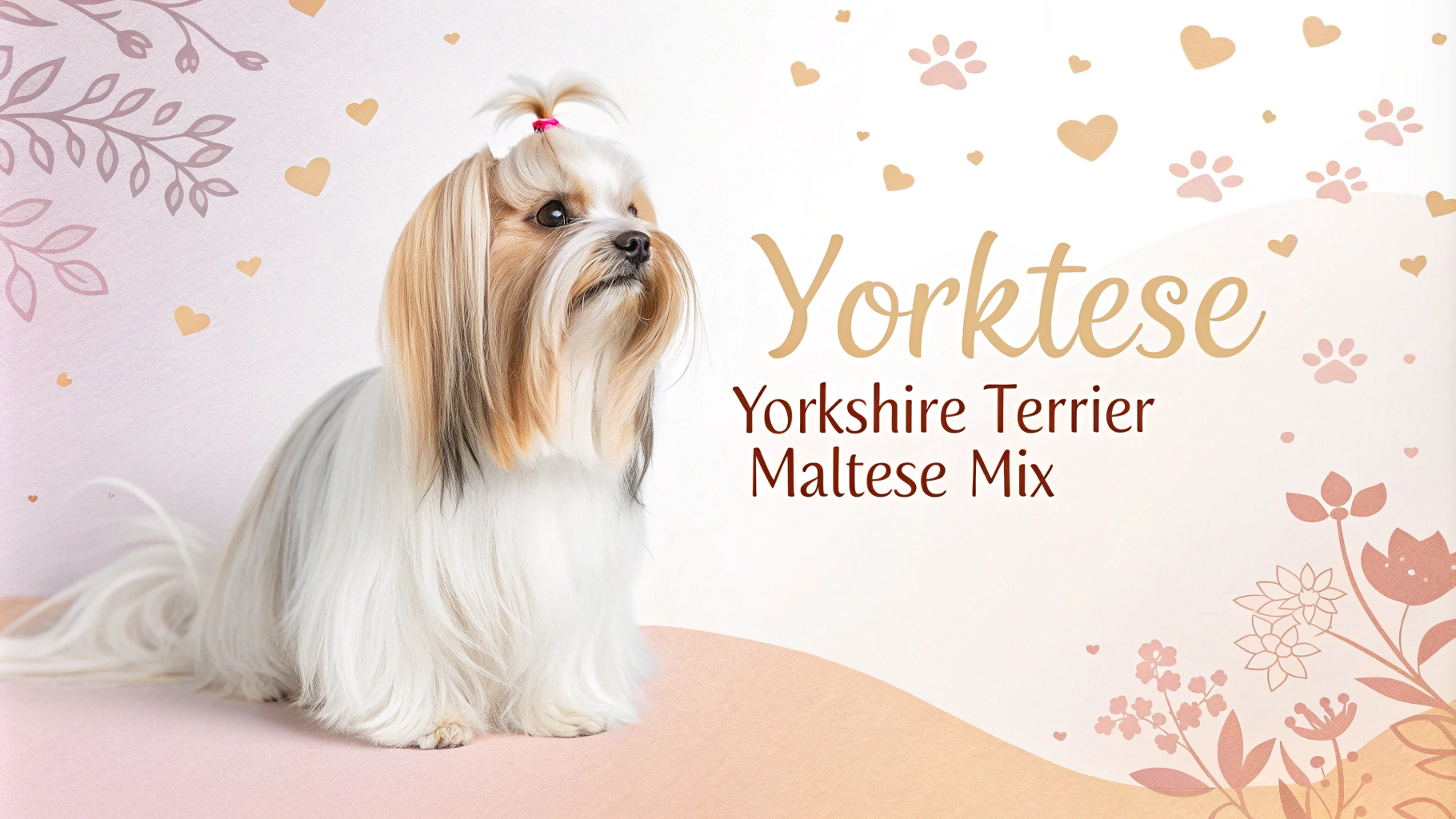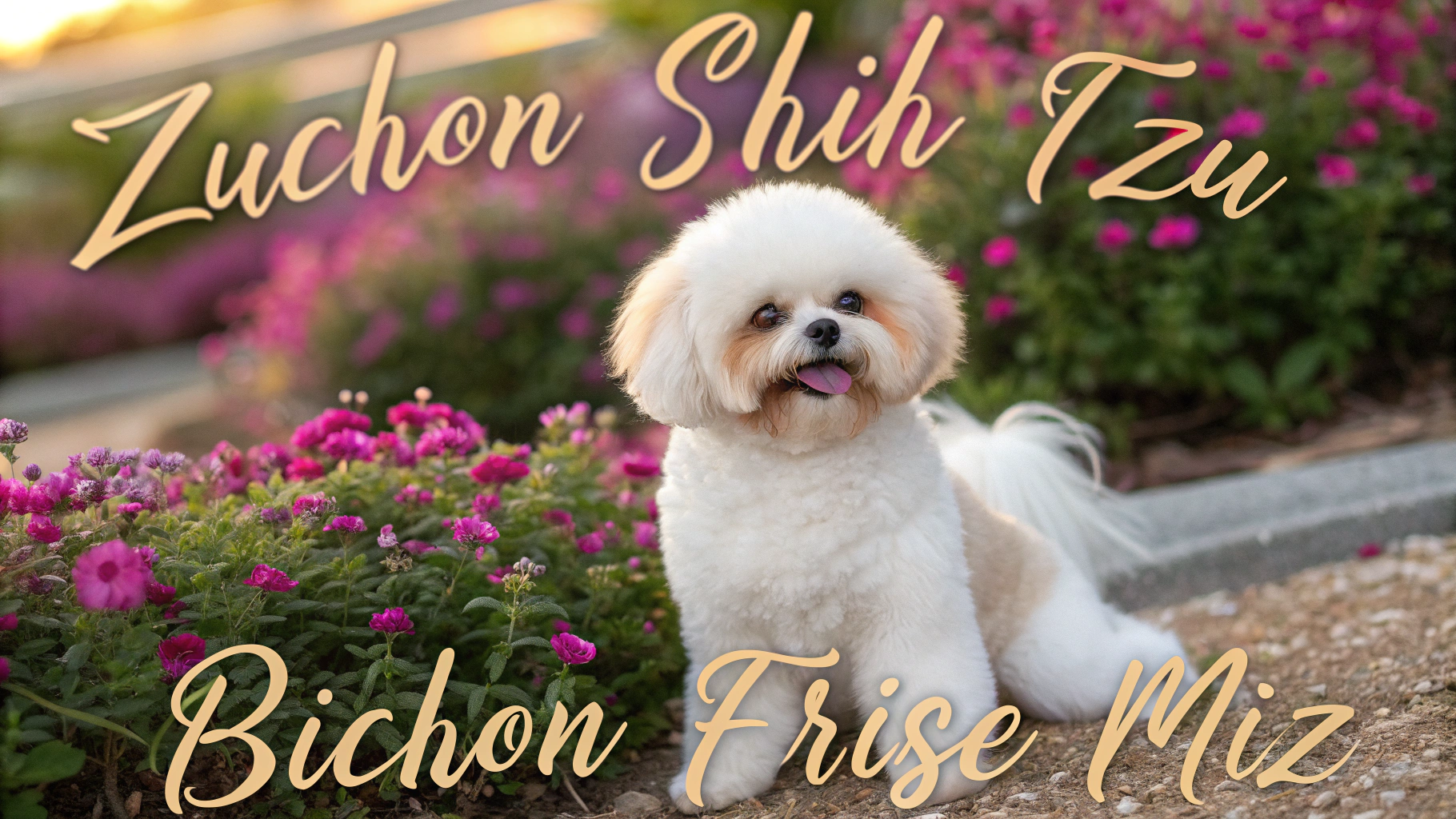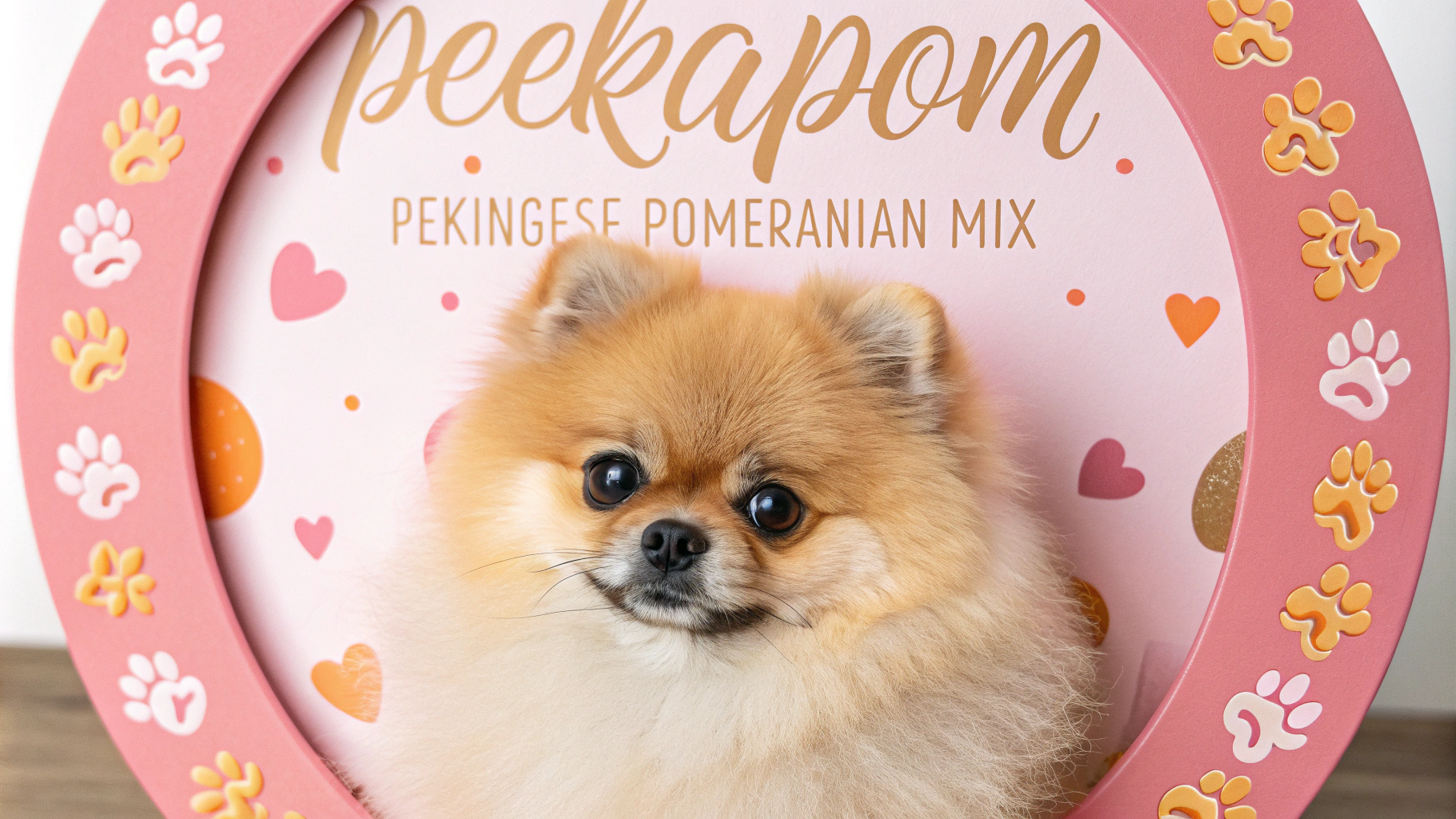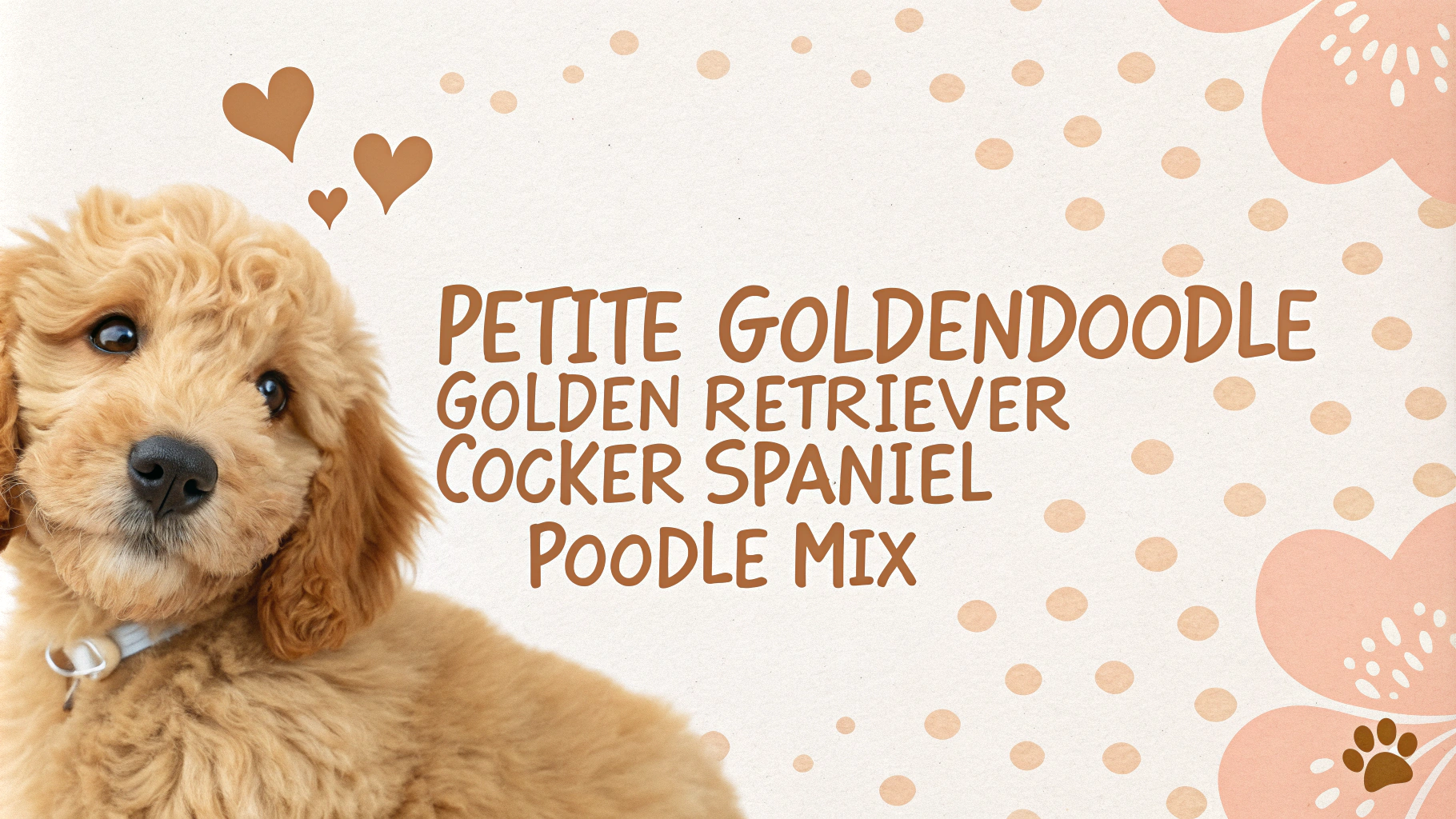The Goldador is a popular mixed breed dog that combines the Golden Retriever and Labrador Retriever. This hybrid inherits the best qualities of both parent breeds, resulting in a friendly, intelligent, and versatile companion. Goldadors are known for their gentle nature, high energy levels, and strong affinity for water. They excel as family pets, therapy dogs, and working dogs in various fields such as search and rescue, guide dog work, and assistance roles.
Key Facts
- Life Span: 10-12 years
- Height: 22-24 inches (males), 21-23 inches (females)
- Weight: 60-80 pounds (males), 55-75 pounds (females)
- Coat: Dense, water-resistant double coat
- Colors: Golden, yellow, black, chocolate, or a combination
- Temperament: Friendly, intelligent, loyal, and energetic
- Good with: Families, children, other pets
- Exercise Needs: High
- Trainability: Excellent
- Grooming: Moderate to high maintenance
Character Traits
Goldadors are renowned for their friendly and outgoing personalities, making them excellent family companions. They inherit the gentle nature and intelligence of both parent breeds, resulting in a dog that is easy to train and eager to please. These dogs are typically patient with children and get along well with other pets, making them ideal for multi-pet households. Goldadors are known for their high energy levels and love for outdoor activities, especially swimming. They have a strong retrieving instinct and enjoy playing fetch games. Their social nature means they thrive on human companionship and may experience separation anxiety if left alone for extended periods. Goldadors are generally not aggressive and make poor guard dogs due to their friendly demeanor towards strangers. However, their alert nature and tendency to bark at unfamiliar sounds make them good watchdogs. These dogs are adaptable and can fit well into various living situations, provided they receive adequate exercise and mental stimulation.
History & Origins
The Goldador is a relatively recent mixed breed, likely originating in the late 20th century as part of the designer dog trend. While the exact origins are not well-documented, it’s believed that breeders intentionally crossed Golden Retrievers and Labrador Retrievers to combine the best traits of both breeds. Both parent breeds have a rich history as working dogs, particularly in hunting and retrieving. Golden Retrievers were developed in Scotland in the mid-19th century by Lord Tweedmouth, while Labrador Retrievers originated in Newfoundland, Canada, in the early 19th century. The Goldador inherits the strong swimming abilities, retrieving instincts, and friendly temperaments of both breeds. This mix gained popularity due to its versatility as a family pet and working dog. Goldadors are not recognized as a distinct breed by major kennel clubs but are acknowledged by some hybrid registries. They have become increasingly popular for their roles in therapy work, assistance dogs for people with disabilities, and search and rescue operations, combining the intelligence and trainability of both parent breeds.
Health Concerns
Goldadors generally inherit the robust health of their parent breeds, but they can still be prone to certain genetic conditions. Common health issues include:
- Hip and elbow dysplasia: Inherited joint conditions that can lead to arthritis and mobility issues
- Eye problems: Such as progressive retinal atrophy (PRA) and cataracts
- Ear infections: Due to their floppy ears, which can trap moisture
- Bloat: A potentially life-threatening condition where the stomach fills with gas and twists
Regular veterinary check-ups, maintaining a healthy weight, and genetic testing of parent breeds can help mitigate these risks. Responsible breeding practices are crucial in reducing the likelihood of inherited health issues.
Exercise Needs
Goldadors are high-energy dogs that require significant daily exercise to maintain their physical and mental well-being. They typically need:
- 1-2 hours of exercise daily: Including walks, runs, swims, or fetch sessions
- Mental stimulation: Through puzzle toys, training sessions, and interactive games
- Water activities: Many Goldadors love swimming, which provides excellent low-impact exercise
Without adequate exercise, Goldadors may develop destructive behaviors or become overweight. Their high energy levels make them excellent companions for active individuals or families who enjoy outdoor activities. Regular exercise also helps strengthen the bond between the dog and its owners.
Space Requirements
Goldadors are medium to large-sized dogs that thrive in spacious environments. Ideal living conditions include:
- Houses with yards: Allowing for outdoor play and exploration
- Access to secure outdoor areas: For exercise and bathroom breaks
- Sufficient indoor space: To move around comfortably and accommodate their size
While they can adapt to apartment living if given ample exercise, Goldadors generally do best in homes with more space. They enjoy having room to stretch out indoors and a yard to play in. However, with proper exercise and attention, they can adjust to various living situations, provided their physical and mental stimulation needs are met.
Nutrition & Feeding
Proper nutrition is crucial for maintaining the health and vitality of Goldadors. Key considerations include:
- High-quality dog food: Formulated for large, active breeds
- Portion control: To prevent obesity, a common issue in both parent breeds
- Feeding schedule: Typically 2-3 meals per day for adults
- Fresh water: Always available to prevent dehydration
The exact amount of food depends on the dog’s age, size, activity level, and metabolism. Consult with a veterinarian to determine the best diet plan for your Goldador. Avoid overfeeding, as both Golden Retrievers and Labrador Retrievers are prone to weight gain. Regular monitoring of body condition and adjusting food intake accordingly is essential for maintaining a healthy weight.
Grooming Tips
Goldadors have a double coat that sheds moderately throughout the year and heavily during shedding seasons. Regular grooming is essential to maintain their coat health and minimize shedding. Brush your Goldador at least 2-3 times a week using a slicker brush or undercoat rake to remove loose fur and prevent matting. During heavy shedding periods, daily brushing may be necessary. Bathe your Goldador every 6-8 weeks or as needed, using a mild dog shampoo.
Pay special attention to the following grooming tasks:
- Ears: Check and clean weekly to prevent infections, especially after swimming
- Teeth: Brush 2-3 times a week to maintain oral health
- Nails: Trim every 3-4 weeks or as needed
- Eyes: Wipe gently with a damp cloth to remove any discharge
Introduce grooming routines early to ensure your Goldador becomes comfortable with the process. Regular grooming sessions also provide an opportunity to check for any skin issues, lumps, or abnormalities.
Training Approach
Goldadors are intelligent and eager to please, making them relatively easy to train. They inherit the trainability of both parent breeds, often excelling in obedience, agility, and service work. Positive reinforcement techniques work best with this breed, as they respond well to praise, treats, and play-based rewards.
Key aspects of training a Goldador include:
- Early socialization: Expose your puppy to various people, animals, and environments
- Consistency: Maintain clear rules and expectations across all family members
- Mental stimulation: Incorporate puzzle toys and training games to keep them engaged
- Leash training: Start early to prevent pulling, as they can be strong dogs
- Water safety: Introduce swimming in a controlled environment, as they often love water
Begin training sessions from a young age, keeping them short (5-10 minutes) and fun. Goldadors may have a tendency to chew, so provide appropriate toys and redirect this behavior. Their high energy levels mean they benefit from training that incorporates physical activity. Advanced training in specialized areas like therapy work or search and rescue can be an excellent outlet for their intelligence and working drive.
